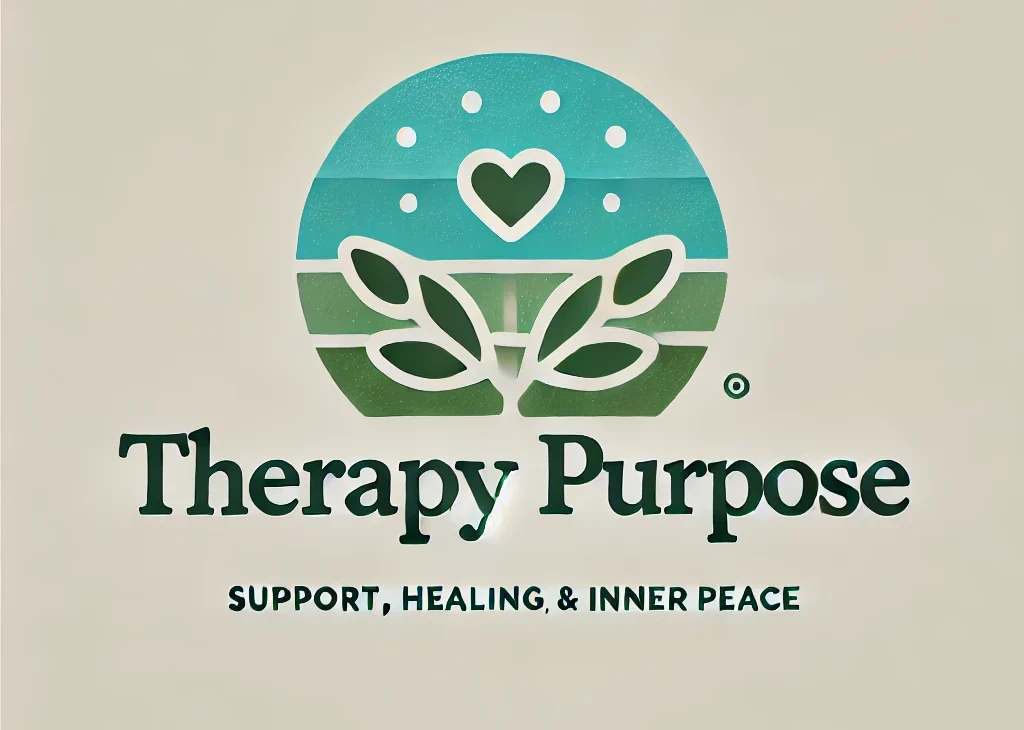Aromatherapy offers a holistic approach to relaxation and healing through the use of essential oils. This practice harnesses the power of nature to promote physical and emotional well-being. With various techniques available, individuals can easily incorporate aromatherapy into their daily routines. From soothing diffusion methods to invigorating inhalation techniques, the diverse applications of aromatherapy can help alleviate stress and enhance mood. Discover how to effectively utilize these methods and experience the transformative benefits of aromatherapy in your life.
Introduction to Aromatherapy and Its Benefits
Aromatherapy combines natural plant extracts and essential oils to promote physical and emotional well-being. This holistic healing approach harnesses the power of scents to enhance relaxation, relieve stress, and improve mood. Here are some key benefits of aromatherapy:
- Stress Relief: Essential oils such as lavender and chamomile help to calm the mind, reducing anxiety and promoting a sense of peace.
- Enhanced Sleep: Oils like bergamot and sandalwood can improve sleep quality by creating a soothing environment.
- Pain Management: Aromatherapy using eucalyptus and peppermint oils often alleviates headaches and muscle tension.
- Boosted Immunity: Certain oils possess antibacterial and antiviral properties, contributing to overall health and wellness.
Integrating aromatherapy into your daily routine can lead to significant improvements in both mental and physical health. By exploring different essential oils and techniques, you can discover personalized approaches that work best for you. Embrace the world of aromatherapy to transform your relaxation and healing journey!
Exploring Different Essential Oils
Aromatherapy relies heavily on a variety of essential oils, each possessing unique properties and benefits. Whether you’re seeking relaxation or relief, understanding these oils enhances the effectiveness of your aromatherapy practices. Here are some popular essential oils and their uses:
- Lavender: Known for its calming effects, lavender promotes relaxation and alleviates stress.
- Peppermint: This invigorating oil boosts energy levels and helps relieve headaches.
- Eucalyptus: Renowned for its respiratory benefits, eucalyptus oil aids in clearing congestion and promotes easy breathing.
- Tea Tree: With its antiseptic properties, tea tree oil is perfect for skin infections and purifying the air.
- Chamomile: Effective in easing anxiety, chamomile is also helpful for sleep improvement.
| Essential Oil | Key Benefit | Best Use |
|---|---|---|
| Lavender | Promotes relaxation | Diffusion before sleep |
| Peppermint | Increases focus and energy | Inhalation for fatigue |
| Eucalyptus | Relieves respiratory issues | Topical application |
| Tea Tree | Antiseptic and purifying | Skin application |
| Chamomile | Reduces anxiety | Evening bath |
Incorporating these oils into your aromatherapy routine can lead to improved well-being and relaxation. Experiment with different essential oils to find the right combination that suits your needs. Embrace the power of aromatherapy today!
Methods of Aromatherapy Application
Aromatherapy offers several methods to effectively harness the benefits of essential oils, allowing you to choose the best technique for your needs. Here are the primary methods of application:
Diffusion: This is one of the most popular methods. Essential oils are dispersed into the air using a diffuser, creating a fragrant atmosphere that promotes relaxation and healing.
Topical Application: Diluting essential oils with a carrier oil and applying them directly to the skin can provide targeted relief. This method supports overall wellness, especially during massages.
Inhalation: Direct inhalation of essential oils can offer instant effects. Simply add a few drops to a handkerchief or your palms, and breathe deeply.
Aromatherapy Baths: Adding essential oils to bathwater turns a simple bath into a soothing experience, enhancing relaxation.
Each method offers unique advantages. For instance, diffusion fills a space with aromas, while direct topical application offers localized benefits. By exploring these diverse techniques, you can effectively integrate aromatherapy into your wellness routine, enhancing your overall health and relaxation.
Diffusion Techniques for Home Use
Diffusing essential oils is a popular method of Aromatherapy that allows you to infuse your living space with soothing scents. This technique not only enhances your environment but also promotes relaxation and healing. Here are some effective diffusion techniques to consider for home use:
Ultrasonic Diffusers
- Use water and essential oils
- Offer a misting feature
- Many come with built-in LED lights for added ambiance
Nebulizing Diffusers
- No water is needed, maximizing the potency of the oils
- Efficiently disperses concentrated oil particles
- Ideal for therapeutic benefits
Heat Diffusers
- Gently heat essential oils to release aroma
- Simple and easy to use
- Suitable for those who want a cost-effective option
Passive Diffusers
- Use porous materials to absorb and slowly release scents
- Include reed diffusers or simply placing cotton balls with oils in rooms
- Require no electricity, perfect for small spaces
Experimenting with these diffusion techniques can significantly enhance your Aromatherapy experience at home, creating a tranquil and inviting atmosphere.
Topical Application and Massage
Topical application in aromatherapy is a powerful method for delivering essential oils directly to the skin, promoting relaxation and healing simultaneously. This technique often combines with massage, enhancing the overall experience and benefits. Here’s how to make the most of it:
Benefits of Topical Application and Massage
- Targeted Relief: Focus on specific areas like sore muscles or tension points.
- Enhanced Absorption: Skin absorbs essential oils effectively, allowing for quicker results.
- Improved Circulation: Massage stimulates blood flow, promoting overall wellness.
Popular Essential Oils for Massage
| Essential Oil | Benefits |
|---|---|
| Lavender | Calms the mind and relaxes muscles |
| Peppermint | Relieves headaches and muscle aches |
| Eucalyptus | Offers respiratory support and relaxation |
How to Apply
- Dilute Essential Oils: Mix a few drops of essential oil with a carrier oil, like coconut or almond oil.
- Choose Your Technique: Use circular motions or long strokes during massage for maximum benefit.
- Simplified Routine: Incorporate aromatherapy massage into your self-care routine at least once a week for lasting effects.
Embracing topical application and massage in your aromatherapy practice can elevate your relaxation and healing journey.
Inhalation Techniques for Quick Relief
Inhalation techniques in Aromatherapy provide swift relief for various issues, such as stress, headaches, and respiratory problems. Here’s how you can effectively use this method:
Simple Inhalation: Place a few drops of essential oil like eucalyptus or lavender on a tissue or cotton ball. Gently inhale the fragrance, focusing on your breathing for immediate relaxation.
Steam Inhalation: Add several drops of essential oil to a bowl of hot water. Lean over the bowl, covering your head with a towel, and inhale deeply for several minutes. This method is especially beneficial for clearing sinuses.
Diffuser Inhalation: Use an essential oil diffuser to disperse oils like peppermint or tea tree throughout your space. This technique helps create a calming environment while providing inhaled benefits.
Quick Comparison of Inhalation Techniques
| Method | Benefits | Recommended Oils |
|---|---|---|
| Simple Inhalation | Instant stress relief | Lavender, Bergamot |
| Steam Inhalation | Supports respiratory function | Eucalyptus, Peppermint |
| Diffuser Inhalation | Ambient comfort and relaxation | Tea Tree, Lemon |
Incorporate these Aromatherapy inhalation techniques into your routine for quick and effective relief!
Aromatherapy Baths for Relaxation
Aromatherapy baths serve as a delightful way to unwind and enhance relaxation. By incorporating essential oils into your bath routine, you can transform an ordinary bathing experience into a soothing ritual. Here’s how to make the most of your aromatherapy bath:
Choose Your Essential Oils: Select calming oils such as lavender, chamomile, or ylang-ylang. These scents promote tranquility and can help reduce stress levels.
Create a Bath Blend:
- Mix 5-10 drops of your chosen essential oil with 1-2 tablespoons of carrier oil (e.g., coconut or almond oil).
- This helps disperse the oils in water and prevents skin irritation.
Set the Atmosphere:
- Dim the lights or use candles.
- Play soft music or nature sounds to enhance relaxation.
Immersion:
- Soak for 20-30 minutes to allow the body to absorb the benefits of the essential oils fully.
Post-Bath Ritual:
- Hydrate with water or herbal tea after your bath to prolong relaxation.
Incorporating aromatherapy into your bath not only helps you unwind but also boosts your overall wellbeing. So, indulge in the calming effects of aromatherapy baths and embrace serenity.
Importance of Choosing Quality Essential Oils
When engaging in Aromatherapy, the quality of essential oils you use significantly impacts your experience and the effectiveness of the treatment. Here are some key points to consider:
- Purity: Always opt for 100% pure essential oils. Blends or synthetic alternatives might lack therapeutic properties, diminishing the benefits of Aromatherapy.
- Source: Research the origin of your oils. Oils from reputable sources often ensure better practices in cultivation and extraction.
- Extraction Method: The method used—such as steam distillation or cold pressing—can affect the oil’s properties. For example, steam-distilled oils often retain a more potent aroma and beneficial compounds.
- Labels & Certifications: Look for third-party testing and certifications indicating quality. This could include organic or therapeutic-grade labels.
| Quality Factor | Importance |
|---|---|
| Purity | Ensures therapeutic benefits are retained |
| Source | Influences the chemical composition |
| Extraction Method | Directly impacts the potency of the oil |
| Certifications | Provides assurance of the oil’s quality |
In summary, choosing quality essential oils is crucial in Aromatherapy to reap maximum relaxation and healing benefits. Prioritize these factors for a rewarding aromatic experience.
Safety Precautions in Aromatherapy
When practicing aromatherapy, it’s essential to prioritize safety to fully enjoy its benefits while minimizing risks. Here are some key precautions to consider:
Dilution is Key: Always dilute essential oils with a carrier oil before applying them to your skin. A typical ratio is 2-3 drops of essential oil to every teaspoon of carrier oil.
Patch Test: Conduct a patch test on a small area of skin to check for allergic reactions before widespread use.
Avoid Certain Oils: Some oils may pose risks for specific individuals. For instance, pregnant women, infants, and those with certain medical conditions should avoid certain oils, like rosemary and sage.
Quality Matters: Use high-quality, pure essential oils from reputable sources. Synthetic or diluted oils may not provide the desired benefits of aromatherapy.
Storage and Handling: Keep essential oils away from heat and sunlight, store them in dark glass containers, and out of reach of children.
By following these safety precautions, you can safely enjoy the healing properties of aromatherapy while enhancing your relaxation and well-being.
Integrating Aromatherapy into Daily Routines
Incorporating Aromatherapy into your daily life can significantly enhance your well-being. Here are some simple yet effective ways to make Aromatherapy a regular part of your routine:
Morning Boost: Start your day with invigorating scents like peppermint or citrus essential oils. Diffusing these oils in the morning can energize your space and uplift your mood.
Work Environment: Add a personal diffuser to your workspace. Oils like lavender or eucalyptus not only promote focus but also help reduce stress during busy workdays.
Mindful Breaks: Take mindful breaks with deep inhalation of essential oils. A few drops of calming oils like chamomile or bergamot on a tissue can offer quick relief.
Pre-Sleep Ritual: Establish a nightly routine with soothing scents. Use a lavender pillow spray or diffuse relaxing oils before bedtime to signal your body it’s time to unwind.
Aromatherapy Shower: Infuse your shower with essential oils. Place a few drops of your favorite oil on the shower floor to create a spa-like experience.
Integrating Aromatherapy into daily routines enhances relaxation and promotes healing, making it a valuable practice for overall wellness.


